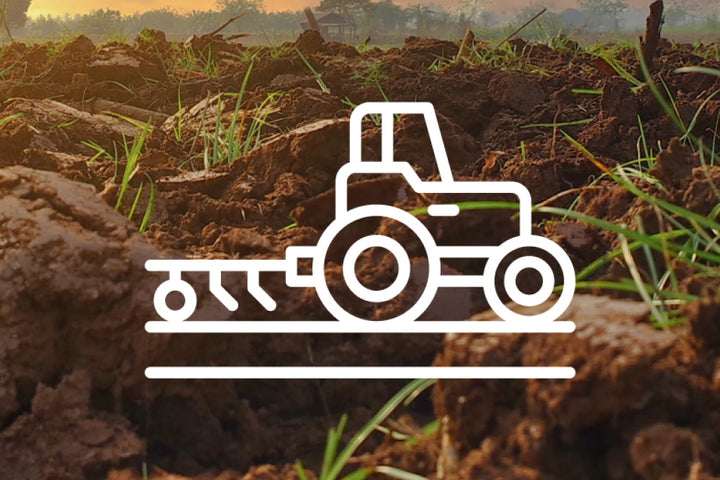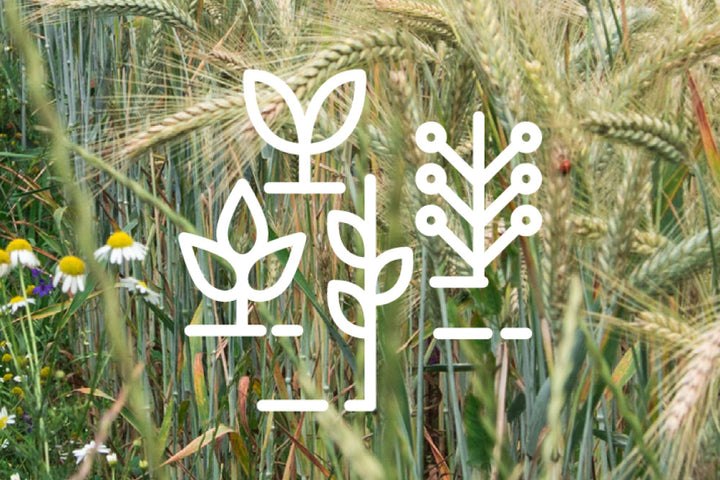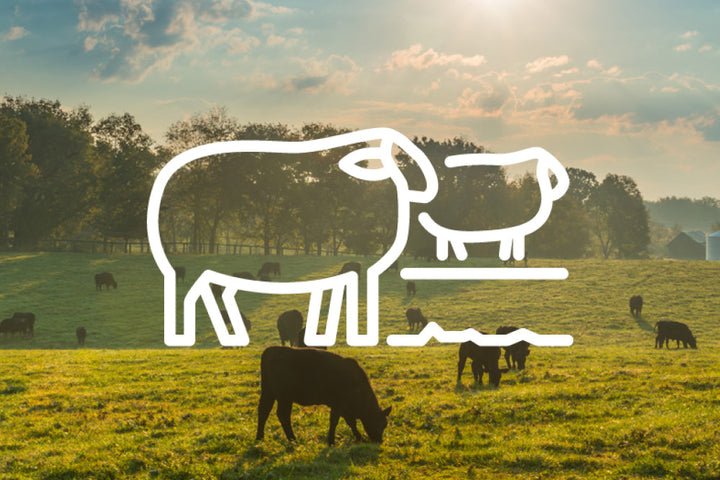What are the Principles of Regenerative Agriculture?
Since 2019 we have been working with our farming network to agree a set of standards and practices that make real positive change to our landscapes and the flour we use every day. These defining principles of regenerative agriculture guide the practices of our growing partners and ensure we put more into the soil than we take out.
Reducing soil disturbance
Reducing physical and chemical disruptions to the soil. Achieve this through minimal or no tilling to maintain the soil structure, fungal networks, and preserve the organic matter in the soil.


Crop rotation and diversity
Rotating crops and growing a variety of crops help in breaking pest and disease cycles, improving soil health, and increasing biodiversity. Diverse crop rotations can include a mix of cash crops, green manures, and cover crops.
Maintaining living roots
Ensuring that living roots are present in the soil as much as possible throughout the year helps in drawing down carbon, feeding soil microbes, and improving soil structure. Living roots are vital for sequestering carbon, enhancing nutrient cycling, and improving soil health.


Integrate livestock
Practices such as rotational grazing mimic natural grazing patterns, helping to cycle nutrients, improve soil fertility, and increase biodiversity. Livestock integration can also contribute to the breakdown of organic matter and the stimulation of plant growth.
Protecting soil surface
Maintaining a protective cover on the soil surface, whether through cover crops, living mulches, or residues. Protecting soil from erosion, conserving moisture, and suppressing weeds. Soil cover provides habitat and food for soil organisms, contributing to a more dynamic soil ecosystem.


What Are The Benefits Of Regen?
The benefits of Regen farming are many. Find out more in the next section using the button below now!
